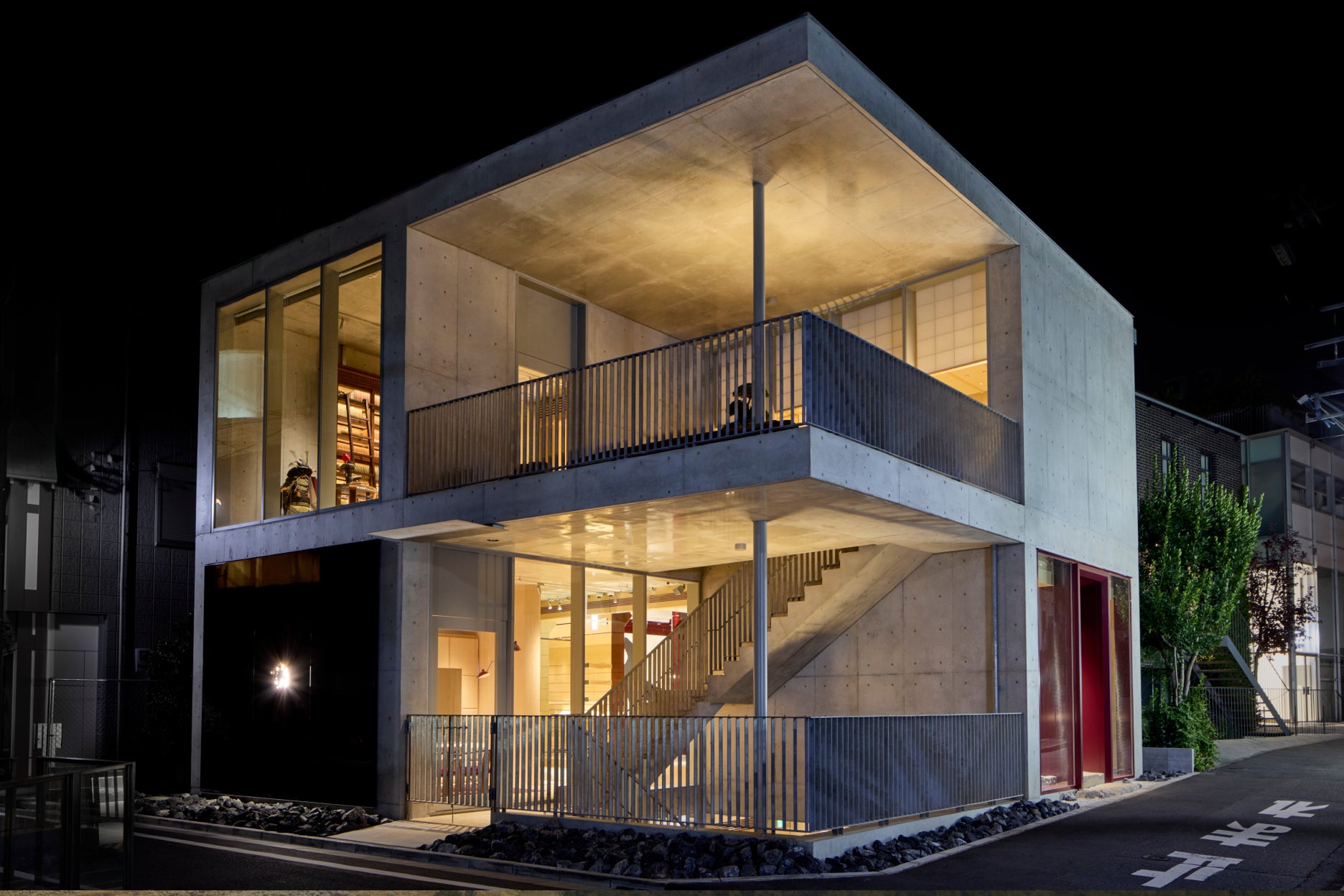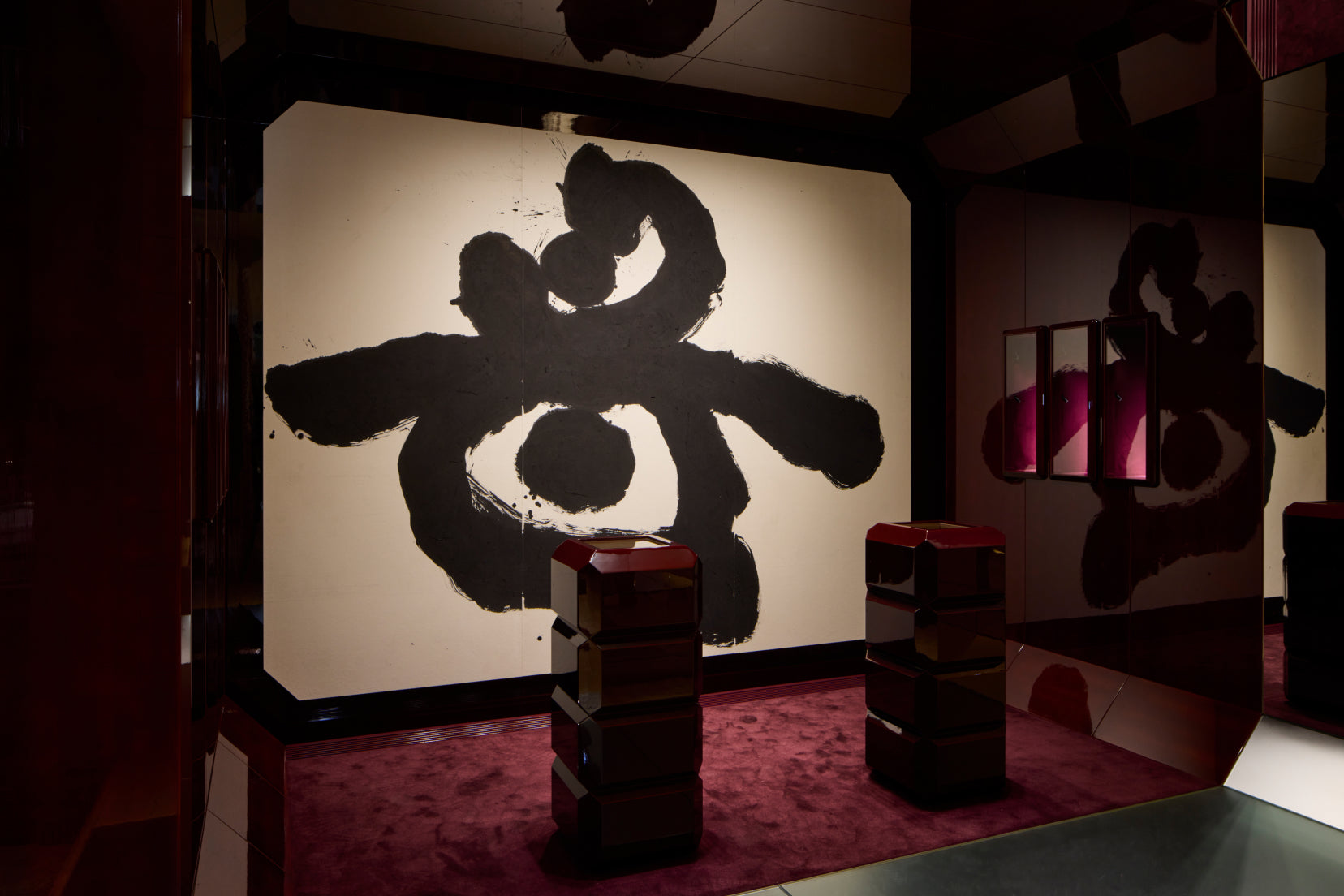
Few design firms navigate the invisible as gracefully as Simplicity.The multidisciplinary, Tokyo-based studio founded by Shinichiro Ogata has developed a language of space that speaks in hushed tones, favoring the deliberate over the decorative, the ritual over the routine.
Few design firms navigate the invisible as gracefully as Simplicity.The multidisciplinary, Tokyo-based studio founded by Shinichiro Ogata has developed a language of space that speaks in hushed tones, favoring the deliberate over the decorative, the ritual over the routine.
Rooted in Japanese philosophies of presence and impermanence, Simplicity’s interiors are not merely designed, but composed—much like a tea ceremony or a seasonal dish—to awaken the senses while quieting the mind. From restaurants and ryokan to objects, galleries, and cultural institutions, Simplicity’s practice moves seamlessly across disciplines, guided by an ethos that integrates architecture, cuisine, and ceremony into cohesive, contemplative environments. Central to this is a reverence for traditional Japanese aesthetics—wa–yō setchū (the blending of Japanese and Western sensibilities), ma (the space between), and shokuninsei (the devotion of the craftsman)—each serving as a compass for Ogata’s vision of refined modernity.
For Jacques Marie Mage’s new flagship gallery in Omotesandō, Tokyo, Simplicity brings these principles to bear with poetic clarity. Conceived as more than a store, the space unfolds as a narrative in three acts: a meditative threshold clad in Hinoki wood; a subterranean atelier where contemplation is curated and eyewear is custom-finished; and an upper-level salon of curiosities that invites lingering over whiskey and limited-edition collectibles. Every material choice—every proportion, pause, and gesture—echoes the brand’s ongoing dialogue between heritage and innovation, executed with emotional precision.
Here, Simplicity reflects on the creative exchange with JMM founder Jérôme Mage, the symbolism behind the gallery’s spatial sequence, and the essential importance of slowing down in an age of acceleration. The result is a rare glimpse into a design philosophy that emphasizes substance and significance—where beauty is not imposed but revealed, quietly, over time.
Jacques Marie Mage (JMM): Simplicity often blends architecture, cuisine, and ceremony into seamless experiences. How did you translate this holistic philosophy into the inner design of JMM’s Omotesandō-Tokyo Gallery?
Simplicity: Our design follows the same approach in any field. We research history, tradition, and local culture, seek to understand the client, and build a concept suitable for the project. The essence of JMM’s craft lies in Japanese artisanship. Using wa–yō setchū (a blending of Japanese and Western sensibilities) and shokuninsei (craftsmanship) as keywords, we translated these into the design.
JMM: In collaborating with JMM founder and creative director Jérôme Mage, how did your two sensibilities converge or contrast?
Simplicity: Mr. Mage has a deep interest in Japanese culture, and we share many common languages. From the gesture of sliding a door, to attention to detail (craftsmanship), to minimalism that avoids excessive ornamentation—we adjusted the design through repeated discussions, fine-tuning as we went along.
JMM: The gallery is both minimal and emotionally rich. What role does ma (negative space), or quiet restraint, play in your spatial compositions, particularly in a retail context?
Simplicity: The way ma is taken is important in adding modulation to the spatial experience. The emotional peak is designed to occur at the moment of encountering the product. Even within intervals of space, natural materials hold richness in their subtle expressions, and the high-quality finishes link with JMM’s products, heightening the sense of anticipation for the encounter.
JMM: Tea and wagashi are more than refreshments, they are rituals. Why was it important to include these ceremonial elements in the gallery experience, and how do you see them complementing the limited-edition eyewear and other luxury offerings?
Simplicity: We conceived the gallery not as a store, but as a place to experience the philosophy of the brand. To savor tea and sweets is to go beyond efficacy or taste, it is to understand and enjoy the host’s sensibility and hospitality, and to share time. We consider such ritual experiences to be fitting moments in which to unravel the stories condensed into these small crafted products.
JMM: The materials chosen—such as Hinoki wood—carry symbolic weight and sensory depth. What principles guided your material selections for this project?
Simplicity: That they symbolize Japan, that they are natural materials. That they are authentic natural materials which become even more beautiful with age.
JMM: How do you hope visitors feel when they move through the gallery—from the “Mother Ship” space to the terrace to the Zen garden below? Is there an emotional or narrative arc to the experience?
The first floor begins with a space constructed of Hinoki for the floor, walls, and ceiling, like entering the body of a ship. At the back, the character “母” (mother), bordered in a lacquered red reminiscent of JMM’s color, symbolizes the “Mother Ship,” which is a key concept.
The basement was envisioned as the heart of craftsmanship, like the engine room of a ship. It contains an atelier where eyewear is finished for each individual customer, and the solid wood counter provides a place for the customer to converse quietly and slowly with the chosen frame.
The second floor was imagined as the captain’s cabin, filled with Mr. Mage’s curiosities. Antique artworks, furniture, books, and objects convey the seeds of JMM’s designs.
JMM: Your design work honors tradition while remaining contemporary. In an age of rapid consumption, how do you go about creating environments that slow people down and invite presence?
Simplicity: As the phrase fueki ryūkō (constancy and change) expresses, there are things that must never be changed, and things that must be changed with the times. Our approach to design begins with studying tradition, unraveling it, and reconstructing it anew. Keeping in mind an experience for all five senses, we discern what must remain unchanged and what should be restructured in accordance with the times, creating spaces that come together naturally.

WRITTEN BY JMM
#Gallery